Ninebark
Plant Type: Dormant, bare-root
Zones: 2-7
Soil Type: Clay, Loamy & Sandy Soils
Site Selection: Full Sun, Partial Sun
Mature Height & Width: 8-10' Height and 12-15' Spread
Growth Rate: Moderate/Fast - 12-24" or more per year once established
Moisture Requirements: Average to wet soils
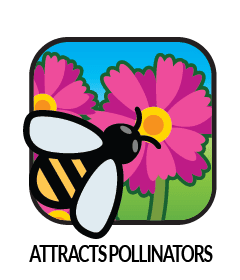
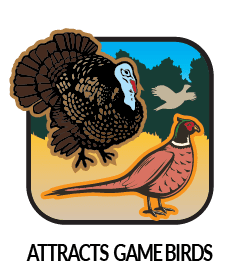
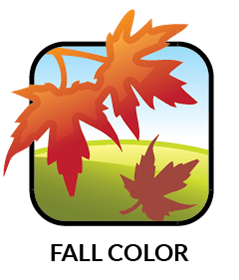
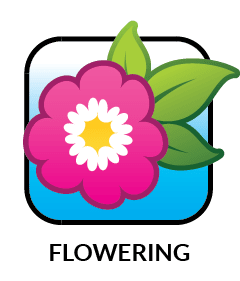
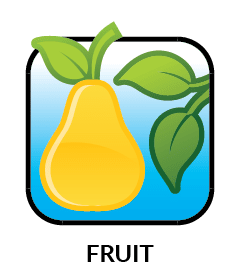

Common Ninebark
Physocarpus opulifolius
The Ninebark is a very versatile and tough shrub which will grow in a variety of site conditions. While adaptable to a wide variety of soils and mositure levels, the Ninebark is most at home along the edges of wetlands or stream banks. This multi-stemmed shrub produces clusters of fragrant whiteish pink flowers in late spring. These flowers give way to red colored seeds and yellow to bronze leaves in the fall. The Ninebark displays green leaves and a brown colored bark that naturally peels, giving additional interest to the plant, especially in the winter. This selection provides food for grouse and some songbirds as well as good cover for nesting birds and small mammals.
The Ninebark is often used for erosion control along creeks, streams and rivers since it will tolerate wetter soil that drains freely. However, this shrub will grow in a host of soil moisture levels and exhibits a good deal of drought resistance. The Ninebark is largely disease and pest free and will tolerate a fair amount of shade. As the Ninebark gets larger, the longest stems arch out from the plant and form a nice cascading shape. The fall color of the Ninebark is a pleasant yellow to bronze color.
Fun Fact: The bark of the Ninebark peels, sometimes in thin strips which curl back to the stem and form the number nine. This is why the plant received the common name of Ninebark.
Common uses for the Ninebark include:
- Naturalizing upland areas or former fields
- Planting along the edges of woodlands and in wetland areas
- Erosion control along streams, creeks and rivers
- Lower story of a windbreak
- Attracts many types of birds and provides shelter for birds and small animals
In the spring, the flowers on the Ninebark attract pollinators such as bees and butterflies. Ruffed Grouse eat the buds that Ninebark produces. The seed pods that the shrub produces are eaten by many birds including finches and Wild Turkeys. Many birds use the peeling strips of bark for nesting material. The dense habit of the Ninebark provides excellent nesting sites for birds and cover for both birds and small mammals.





